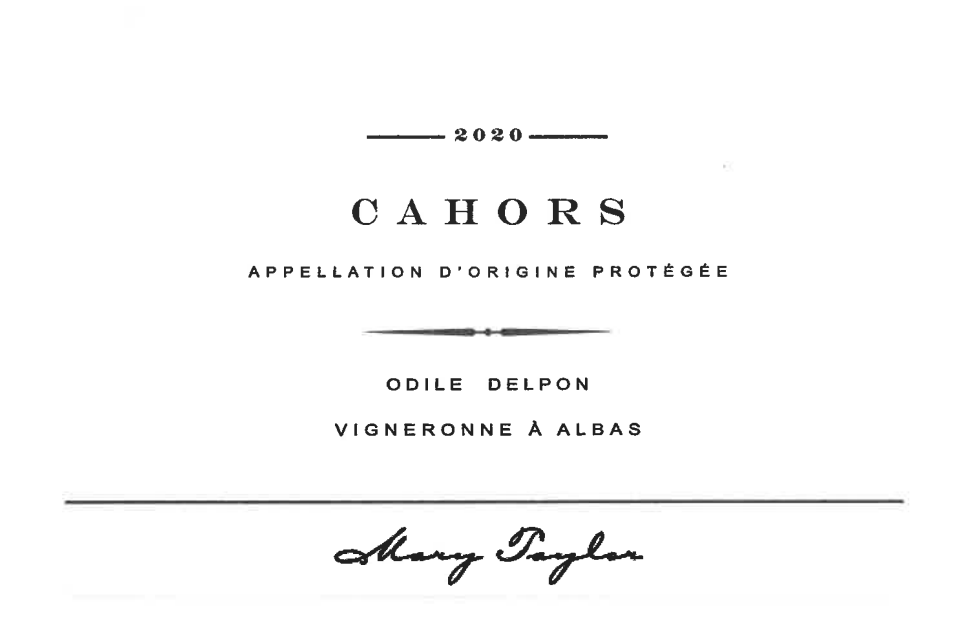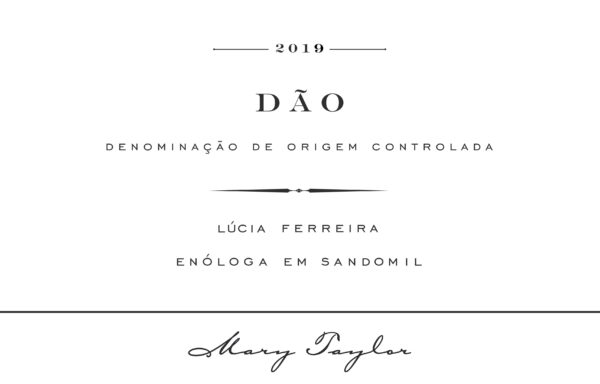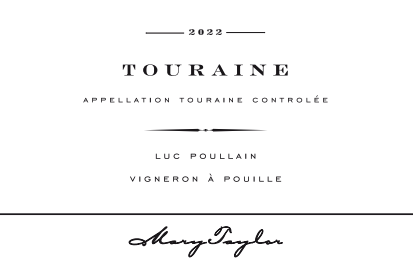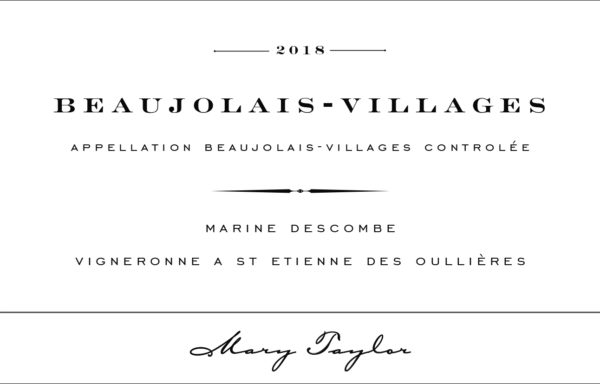
Cahors once covered 48,000 hectares of vines, but after phylloxera shrank to 4,000 hectares. Nowadays there is less wine made in Cahors, but generally the quality is much higher. Our friend Didier Pelvillain farms at the highest level of sustainability and biodynamic conversion is in process. Only indigenous yeasts are used. The outcome is a floral, savory, peppery wine of refinement – clean and fresh – dark plum fruit with more mineral qualities than barnyard.
Wine Description
Reviews and Scores
88 Points – (2022 vintage review) – Wine Enthusiast, November Issue 2024
About the South-West France:
This lack of recognition is largely tied to the rapid rise of the Bordeaux wine industry during the Middle Ages. The development of the port of Bordeaux enabled easy access to international markets, especially England, which became a key destination for wine exports at this time. Moreover, Bordeaux authorities imposed a commercial monopoly known as the “privilege of Bordeaux Wines”, which restricted the sale of wines from inland regions (especially Occitania via the Garonne River which connects the region to Bordeaux’s ports) until Bordeaux wines had been sold. This practice significantly stopped the commercial expansion of South-Western wines and contributed to their long-standing marginalization.
However, the South-West is home to incredible resources, with a rich diversity of terroirs and a wealth of native grape varieties that are unknown outside the region. The mosaic of vineyards offers a wide range of styles, traditions, and expressions. In recent years, the region has begun to gain new momentum, as winemakers focus on quality, authenticity, and sustainable practices. Thanks to renewed interest from wine consumers, seeking originality and character, the South-West is gradually emerging from the shadow of Bordeaux and carving out its own identity on the national and international market.
About the estate:
Our thoughtful friend Didier Pelvillain is the winemaker here, although we list his mother Odile Delpon on our label, as 32 years ago it was she who planted these vines in the single parcel where our grapes are grown called “Inspiration 7.9.” This is one parcel of many which are speckled along the terraces hovering over the Lot River. Here the vines are trained as single guyot and we have only Malbec growing at a yield of about 50 hectoliters per hectare.
Odile inherited the family vineyards, tobacco farm, and saffron plantation in Albas in 1968. She developed the winery with her husband Claude until their son Didier took over a few decades ago. He expanded with a second domaine in nearby Preyssac in 2013. Total vineyards cover 52 hectares. Cahors once covered 48,000 hectares of vines, but after phylloxera has shrunk to 4,000 hectares. Known as the ‘black wine’ and well loved, Cahors was widely exported throughout Europe and the Middle East until phylloxera devastated the vineyards starting in 1865.
Nowadays there is less wine made in Cahors, but generally the quality is much higher. For Didier, yields are much lower and grape selection is important. Soils here are clay and limestone. Didier farms at the highest level of sustainability and biodynamic conversion is in process. Only indigenous yeasts are used. The outcome is a floral, savory, peppery wine of refinement – clean and fresh – dark plum fruit with more mineral qualities than barnyard.
“I like to go into vineyards on Sunday night when it is quiet, to smell the vineyard and think about the level of maturity”… This is intuitive wine making at its best.


